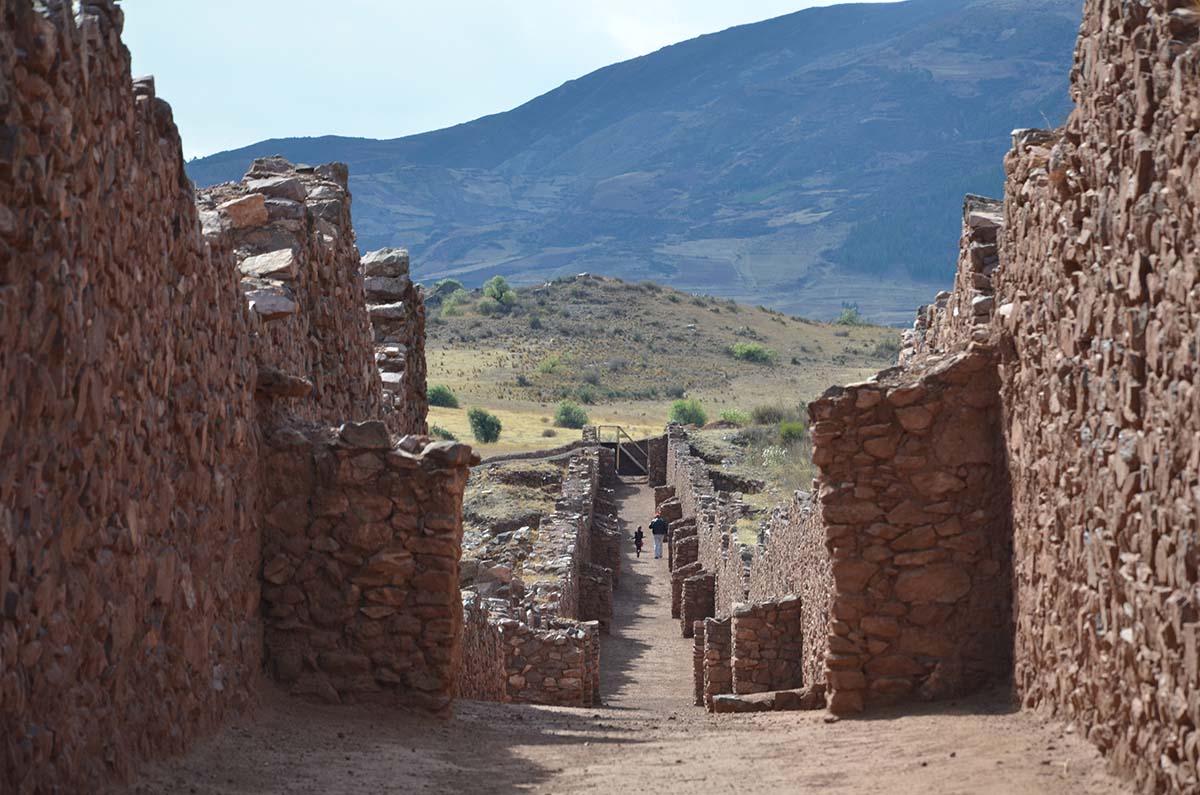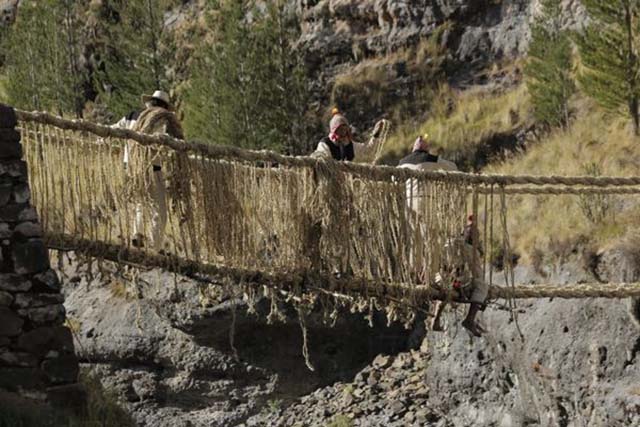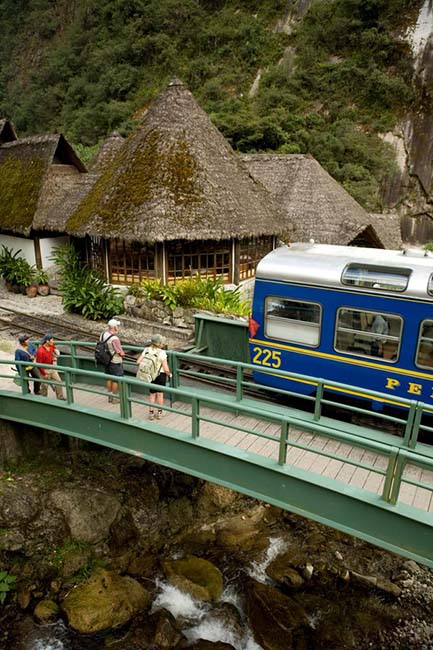
Nestled in the majestic Andes mountains, Cusco is a living testament to the fascinating Inca civilization. But while the iconic Machu Picchu is well known, the region holds countless other treasures ready to share stories of ancient engineering, breathtaking landscapes, and Peru’s rich cultural heritage.
The Q’eswachaka Bridge
Declared an Intangible Cultural Heritage of Humanity by UNESCO, one of these treasures is the Q’eswachaka Bridge, an architectural gem that spans the Apurímac River at 3,700 meters above sea level. With a length of 28 meters and a width of 1.20 meters, this hanging bridge, part of the Qhapaq Ñan or Great Inca Road, was built by the Incas and still stands today thanks to the communities of Chocayhua, Chaupibanda, Huinchiri, and Collana.

Every year, during the second week of June, the Q’eswachaka Bridge comes to life in a unique festival. The women of the communities braid ichu to reconstruct the bridge, while the men replace the broken ropes. This tradition has allowed this Inca marvel to endure to this day.
Located in the Quehue district, in the province of Canas, 180 km south of Cusco, access to the Q’eswachaka Bridge is reachable through a picturesque 3.5-hour drive.
Andahuaylillas: The “Peruvian Sistine Chapel” in the Andes
In the heart of the Quispicanchi province lies Andahuaylillas, home to the revered San Pedro Apostol Church, sometimes known as the “Peruvian Sistine Chapel.” Although its facade may seem modest, this architectural gem’s interior shocks visitors with its splendor.

The church is a living testament to history, decorated by Italian artist Angelino Medoro’s disciple Luis de Riaño in partnership with indigenous collaborators. Riaño even left a signature, dated 1626. Its Renaissance facade and Baroque interior immerse visitors in a timeless experience filled with naturalistic motifs and canvases depicting religious stories such as the Crucifixion and the Baptism of Christ.
This church is part of the renowned Baroque-Andean route, along with the temples of the Society of Jesus, San Juan Bautista de Huaro, and the Chapel of the Virgin Purified of Canincunca. To explore San Pedro Apostol Church, take a 45-minute bus ride from the Plaza de Armas in Cusco.
Pikillaqta
A journey back in time takes us to Pikillaqta (photo at top), a city built at an altitude of about 11,000 feet by the Wari Culture in the late 6th century. With over 700 structures, including enclosures, food storehouses, and temples, this city was home to nearly 10,000 people at its peak. In addition to housing its citizens, Pikillaqta also served as a worship, administrative, and military center, with its strategic location allowing it to control the entire Quispicanchi Valley.
Located near the town of Huacarpay just 18 miles south of Cusco, Pikillaqta allows visitors to immerse themselves in pre-Inca history and contemplate the architectural grandeur of the Wari Culture.
These destinations, along with the majesty of Machu Picchu, offer travelers a deeper look into Cusco’s rich cultural and natural heritage. Every step taken discovering these treasures in this ancestral land means uncovering the very essence of Peruvian history.

Trains to Machu Picchu
A journey to the treasures of Cusco is not complete without experiencing the train ride to Machu Picchu. The options are varied and cater to all budgets, including luxury trains with all-inclusive amenities. The highlight of the trip will undoubtedly be the landscape, providing a sensory experience like few others in the world.
Travel Tips for Cusco
- Cusco is beautiful any time of the year, but December to April is the rainy season. During this time, working with a tour operator can be the best way to experience this wonderful destination.
- Plan to take a day to rest, drink coca tea, and acclimate to Cusco’s high altitude – over 11,000 ft. above sea level! That will help prevent altitude sickness.
- Always feel free to reach out to the Tourist Police of Peru, located around all the country’s tourist locations. Or, you can call iPeru at (+51) 944-492-314.
- Visit Peru’s authorized government portal for reliable information about your trip.
About Promperú
The goal of the Commission for the Promotion of Peru for Exports and Tourism (PROMPERÚ) is to position Peru globally by promoting its image, tourist destinations, and value-added export products, contributing to the sustainable and decentralized development of the country.